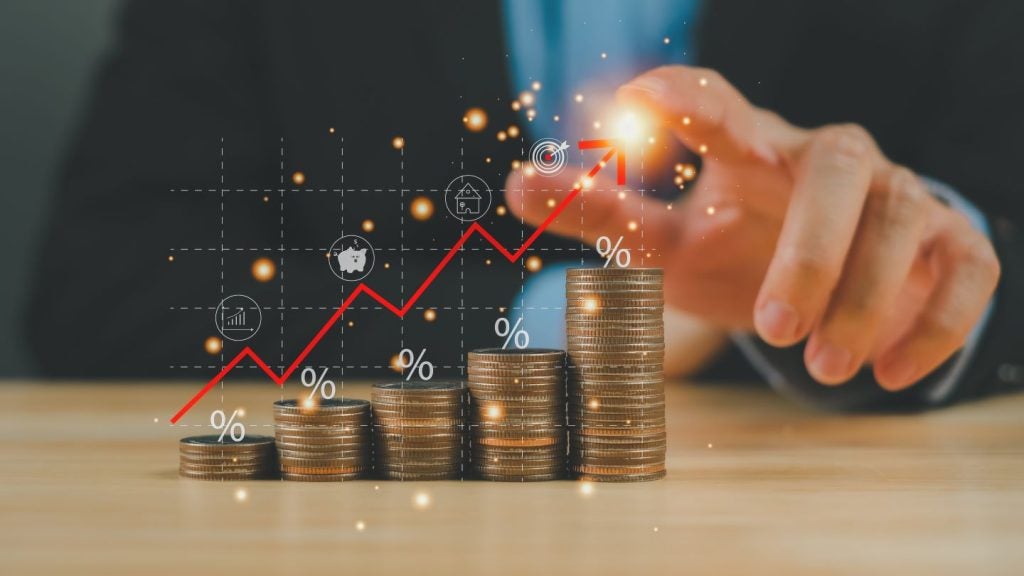
Social inflation has become a growing phenomenon in the insurance industry, especially in US markets but reaching more globally too.
The term refers to how the costs of insurance companies’ claims rise as a result of non-economic factors, and, as such, social inflation tends to be unpredictable, not necessarily following economic inflation.
It primarily affects property, casualty, and civil justice insurance, but life insurance can be affected to some extent too.
Factors affecting social inflation
Factors that cause an increase in insurance losses are higher jury awards, increased “nuclear verdicts” (those in which over $10m is awarded), societal trends causing more liberal treatment of claims, legislated rises in compensation amounts, pushback against new tort laws and anti-corporation sentiment.
There is a narrow definition of social inflation that only includes litigation and legal risks such as new legal practices, increasing personal injury limits, and interpretations of legal doctrines leading to higher costs for insurers. According to The Geneva Association’s report on social inflation, a broader definition includes societal shifts, emerging risks and medical costs inflation.
Societal shifts include attitudes to risk absorption, public sentiment towards corporations, and demographic and political shifts. New risks can emerge with new technologies, new injuries, new diseases and scientific evidence of harmful substances or practices. Medical cost inflation can be caused by new drugs entering the market and changes in public health resource complaints.

US Tariffs are shifting - will you react or anticipate?
Don’t let policy changes catch you off guard. Stay proactive with real-time data and expert analysis.
By GlobalDataOf the possible influence of the emerging cyber threats on the insurance industry, GlobalData senior analyst Ben Carey-Evans commented: “Cyber has been a key trend within the industry in recent years. It was growing prior to the pandemic but that significantly accelerated both interest in the product and the cost of premiums.
“A rise in working from home made employees and employers more vulnerable to phishing attempts. Prices have risen substantially since, which has made it harder for smaller businesses to afford comprehensive coverage, though it is now seen as a necessity and another expensive outgoing cost for larger businesses.”
Current Trends
There has been a growing focus on social inflation recently. In an R Street Institute 2021 paper, the think tank’s Director of Finance, Insurance and Trade Jerry Theodorou stated: “In the past few years there has been a veritable explosion in the frequency of the term’s use … Since 2018 social inflation has been identified as a cause of more numerous ‘nuclear verdicts’.”
The phenomenon occurs more in the US where, as identified by the Geneva Association report, there is a prominent litigious culture where high jury awards are more common.
Social inflation is notoriously difficult to quantify, but the literature suggests it emerges in cycles as new previously unanticipated risks enter the industry. GlobalData analytics provide insight into the growing focus on the topic. Since 2018, there has been a significant increase in mentions of social inflation in insurance company filings, indicating its growing prevalence in the insurance sector.
Why the increase?
Theodorou’s paper has identified legal strategy changes that are being utilised in the plaintiff bar to generate higher awards from the jury. These include utilising human psychology through generating anger against faceless corporate defendants, reptile theory, psychodrama and anchoring to turn the jury in favour of a higher award. Alongside this, Theodorou also identifies increased attorney advertising, litigation financing and phantom damages as contributing to an increase.
Third-party litigation funding, in particular, has been identified by various sources as driving an increase in social inflation. This refers to investors financing lawsuits against corporations in the hope of a share of the settlement payment if the lawsuit is successful. As a multi-billion-dollar industry, it is turning lawsuits, especially against large corporations, into profit-generating ventures.
If social insurance becomes an increasingly significant issue, insurance companies will continue to pass these costs on to consumers. In 2021 Theodorou argued that social inflation “is a strong and durable trend (that may have cyclical element)” with the key drivers of the phenomenon being structural changes in the plaintiff bar, attorney advertising, litigation funding, phantom billing, and weaknesses of the defence bar.







